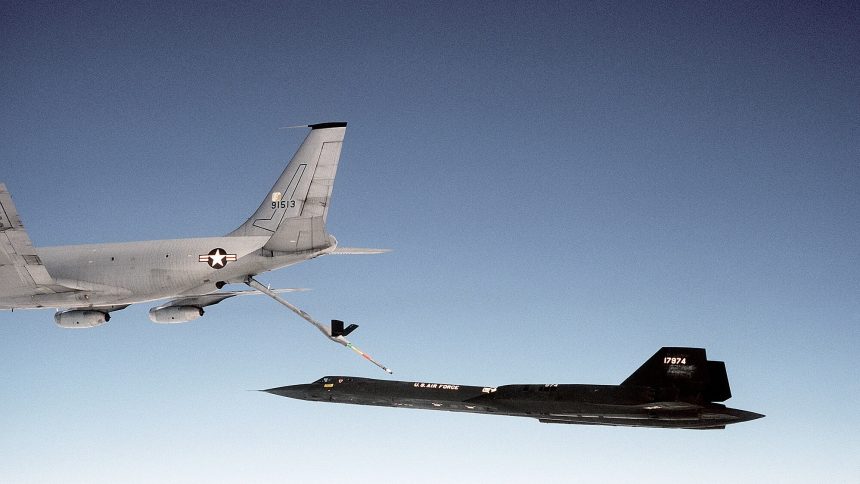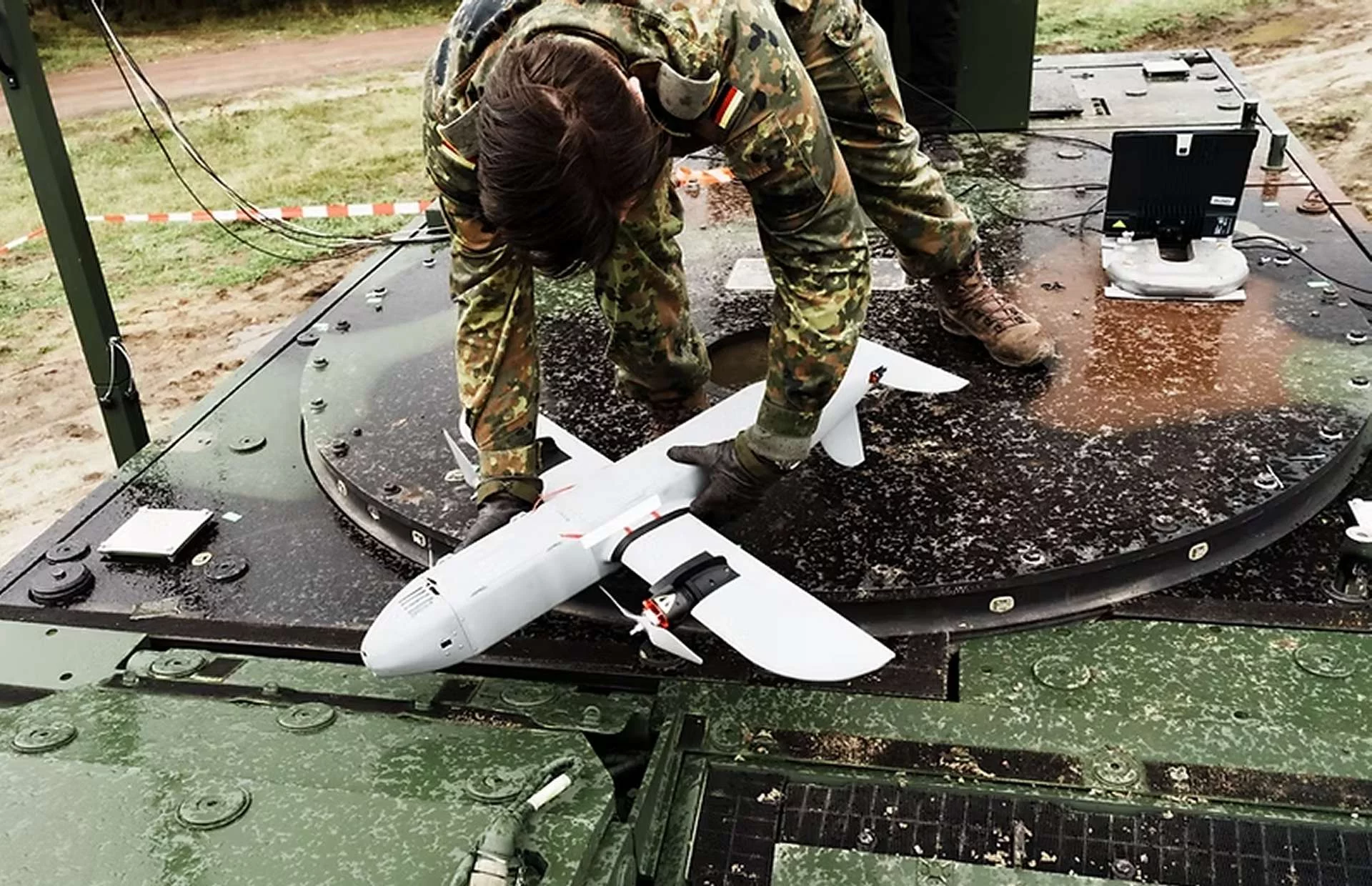In the annals of aviation history, few aircraft capture the imagination quite like the SR-71 Blackbird. A marvel of engineering that first took flight in the mid-1960s, this reconnaissance jet remains the fastest air-breathing manned aircraft ever built, capable of cruising at speeds exceeding Mach 3.2 at altitudes of 85,000 feet. While its sleek titanium airframe, powerful Pratt & Whitney J58 engines, and radical design by Lockheed’s legendary Skunk Works under Kelly Johnson are widely celebrated, one critical component often goes overlooked: its unique and highly specialized fuel, JP-7. Without JP-7, the SR-71, in its iconic form, simply would not have been possible.
The challenge of fueling an aircraft designed to operate at such extreme speeds and altitudes was monumental. When an aircraft flies at Mach 3, the skin temperatures due to aerodynamic heating can soar to over 600 degrees Fahrenheit, particularly on leading edges and critical structural points. Standard jet fuels like JP-4 or JP-8, common for subsonic and supersonic aircraft, would literally boil and vaporize under such intense heat, rendering them useless and creating immense safety hazards. Engineers needed a fuel that could not only resist these extreme temperatures but also serve multiple functions within the aircraft’s complex systems.
Enter JP-7, a highly specialized, low-volatility hydrocarbon fuel developed specifically for the Blackbird program. Its defining characteristic was its extraordinary thermal stability. Unlike conventional fuels, JP-7 was designed to remain liquid and stable at temperatures that would cause other fuels to degrade, vaporize, or even ignite prematurely. This thermal resistance was not just a convenience; it was a fundamental requirement for the SR-71’s survival.
But JP-7’s role extended far beyond simply acting as a power source for the J58 engines. The Blackbird’s designers ingeniously integrated the fuel system into the aircraft’s thermal management strategy. As JP-7 circulated through the aircraft’s fuel tanks and lines, it acted as a giant heat sink, absorbing the intense aerodynamic heat generated by the airframe. This “fuel as coolant” approach helped to manage the internal temperatures of the aircraft, protecting sensitive avionics, hydraulics, and even the pilots themselves from the searing external heat. By the time the fuel reached the engines, it was already significantly pre-heated, which was actually beneficial for combustion at high altitudes.
Another fascinating aspect of JP-7 was its low vapor pressure. This property meant that the fuel was very reluctant to evaporate, even at the low atmospheric pressures found at extremely high altitudes. This minimized fuel loss through venting and also reduced the risk of cavitation within the fuel pumps, a critical concern when operating in near-vacuum conditions. However, this low volatility also presented a unique challenge: JP-7 was incredibly difficult to ignite. Standard spark igniters weren’t sufficient, particularly during engine starts at altitude or after an in-flight flameout. The solution involved injecting a small amount of triethylborane (TEB), a pyrophoric chemical that ignites spontaneously on contact with air, into the combustion chambers to kick-start the J58 engines. Pilots often reported a distinctive green flash from the engine exhausts during TEB injection.
The logistical implications of JP-7 were also significant. It was expensive to produce, required specialized handling, and was not interchangeable with other fuels. Every SR-71 mission required specific planning for aerial refueling with KC-135Q tankers, which were themselves modified to carry and dispense JP-7. The fuel was so unique that the SR-71 would often take off with a relatively light load of conventional JP-4 fuel, only to tank up with JP-7 at altitude, minimizing the risks associated with ground operations and the need for specialized fire suppression equipment.
In essence, JP-7 was more than just fuel; it was an integral part of the SR-71’s operating system, a critical element that enabled its record-breaking performance. It stands as a testament to the innovative spirit of the engineers and chemists who pushed the boundaries of material science and propulsion technology to create an aircraft that still inspires awe decades after its retirement. The Blackbird’s story is a symphony of cutting-edge technology, and JP-7 played a crucial, albeit often unseen, solo.



